The first is Sabrina Engesser’s work into vocal communication and syntax in pied babblers. Using observations and playback experiments, Sabrina has been able to show that the order in which alarm and mobbing calls are given is highly important for these group living birds. Syntax is something that humans use and has been observed in primates but never in birds. This ground breaking work is important for understand how language may have evolved and how widespread some of the components of our communication are in the natural world.
The second is from Oded Keynan, this time looking at population dynamics instead of his normal social learning research. This new work shows that the group living Arabian babblers suffer the population and group effects of the Allee effect. Larger groups are better able to rear young and persist than smaller groups, and this isn’t just on a group level but also denser populations do better as well. Interestingly, however, immigration and emigration don’t really have an effect.
I hope you have a read, because they’re two great bits of research.
Meaningful call combinations and compositional processing in the southern pied babbler. PNAS
Language’s expressive power is largely attributable to its compositionality: meaningful words are combined into larger/higher-order structures with derived meaning. Despite its importance, little is known regarding the evolutionary origins and emergence of this syntactic ability. Although previous research has shown a rudimentary capability to combine meaningful calls in primates, because of a scarcity of comparative data, it is unclear to what extent analog forms might also exist outside of primates. Here, we address this ambiguity and provide evidence for rudimentary compositionality in the discrete vocal system of a social passerine, the pied babbler (Turdoides bicolor). Natural observations and predator presentations revealed that babblers produce acoustically distinct alert calls in response to close, low-urgency threats and recruitment calls when recruiting group members during locomotion. On encountering terrestrial predators, both vocalizations are combined into a “mobbing sequence,” potentially to recruit group members in a dangerous situation. To investigate whether babblers process the sequence in a compositional way, we conducted systematic experiments, playing back the individual calls in isolation as well as naturally occurring and artificial sequences. Babblers reacted most strongly to mobbing sequence playbacks, showing a greater attentiveness and a quicker approach to the loudspeaker, compared with individual calls or control sequences. We conclude that the sequence constitutes a compositional structure, communicating information on both the context and the requested action. Our work supports previous research suggesting combinatoriality as a viable mechanism to increase communicative output and indicates that the ability to combine and process meaningful vocal structures, a basic syntax, may be more widespread than previously thought.
Component, group and demographic Allee effects in a cooperatively breeding bird species, the Arabian babbler (Turdoides squamiceps). Oecologia
In population dynamics, inverse density dependence can be manifested by individual fitness traits (component Allee effects), and population-level traits (demographic Allee effects). Cooperatively breeding species are an excellent model for investigating the relative importance of Allee effects, because there is a disproportionately larger benefit to an individual of being part of a large group. As a consequence, larger groups have greater performance than small groups, known as the group Allee effect. Although small populations of cooperative breeders may be prone to all levels of Allee effects, empirical evidence for the existence of a demographic Allee effects is scarce. To determine the extent to which Allee effects are present in a cooperatively breeding species, we used a comprehensive 35-year life history database for cooperatively breeding Arabian babblers (Turdoides squamiceps). Firstly, we confirmed the existence of a component Allee effect by showing that breeding individuals in large groups receive greater benefits than those in small groups; second, we confirmed the existence of group Allee effect by showing that larger groups survive longer. And thirdly, we identified a demographic Allee effect by showing that per capita population growth rate is positively affected by population density. Finally, we found that emigration and immigration rates, although dependent on group size, do not buffer against component and group-level Allee effects becoming a demographic Allee effect. Our finding of the existence of all three levels of Allee effects in a cooperative breeder may have important implications for future research and conservation decisions.
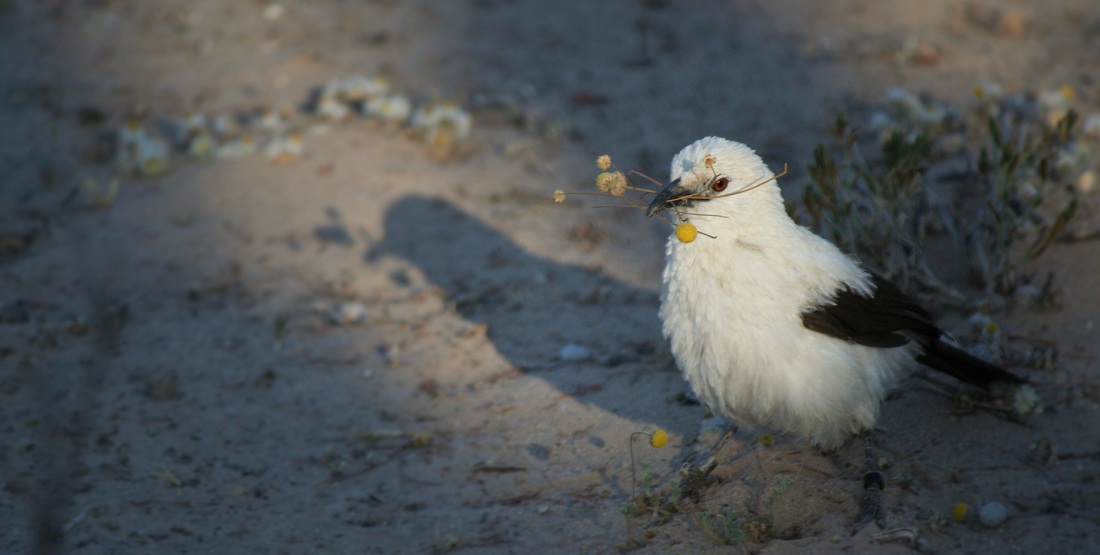
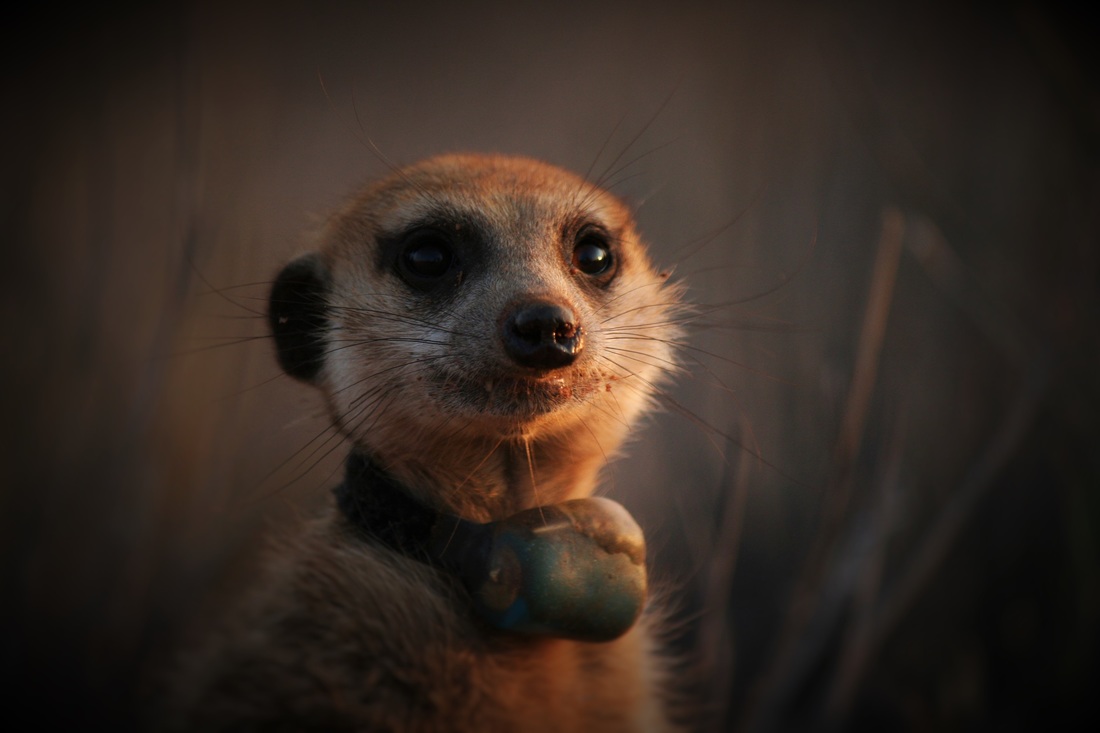
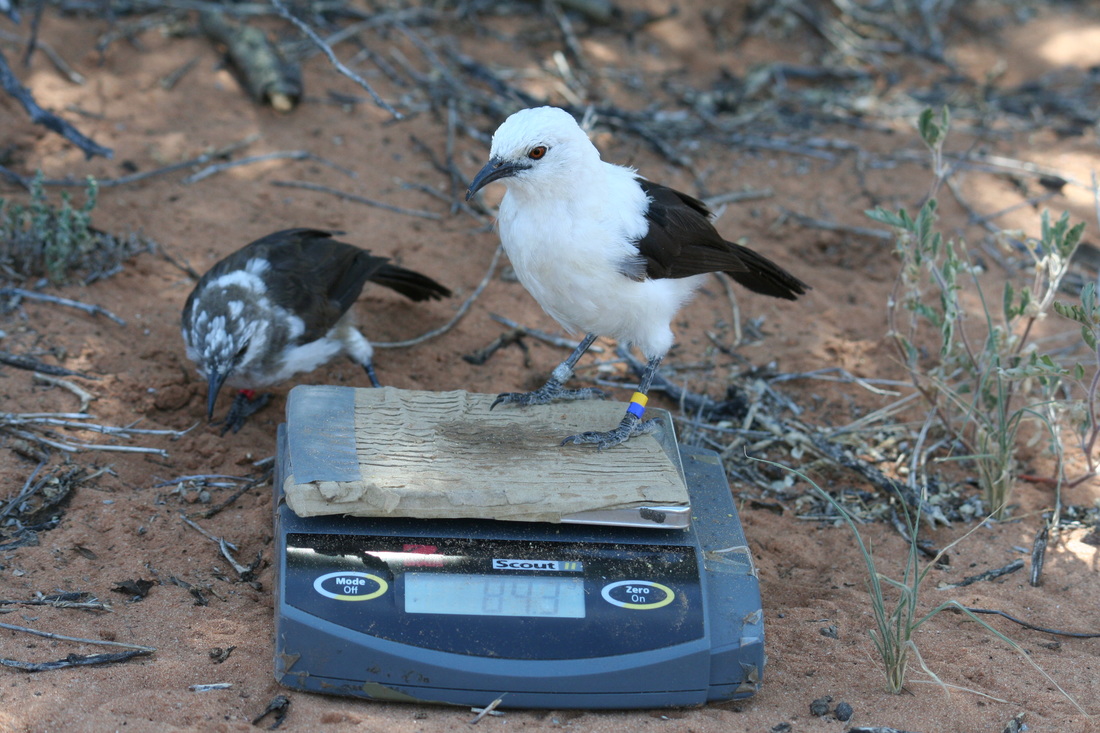
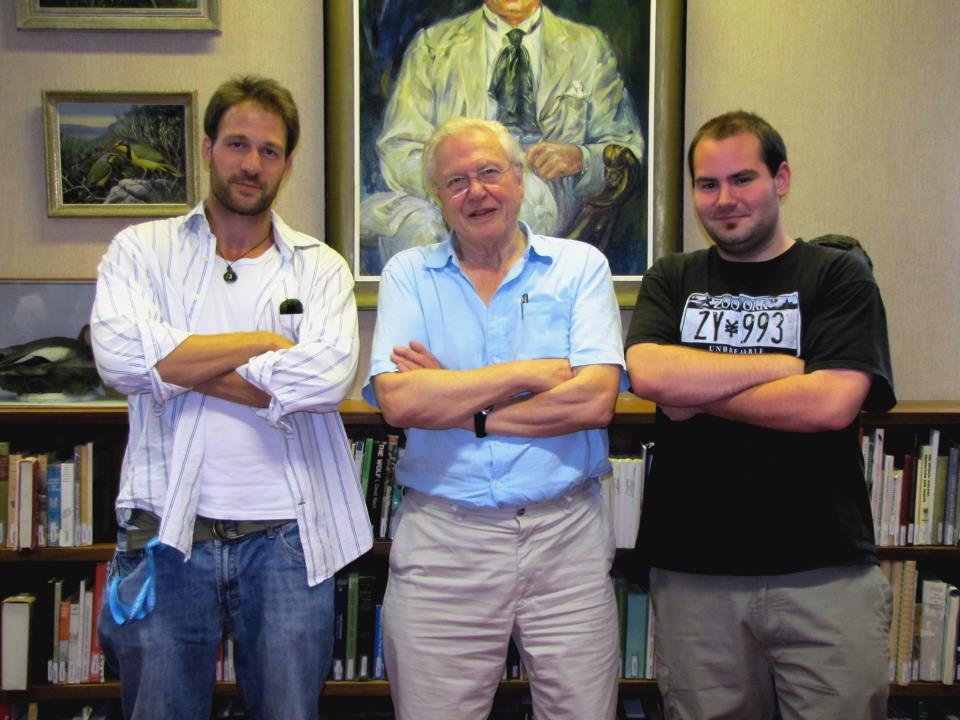
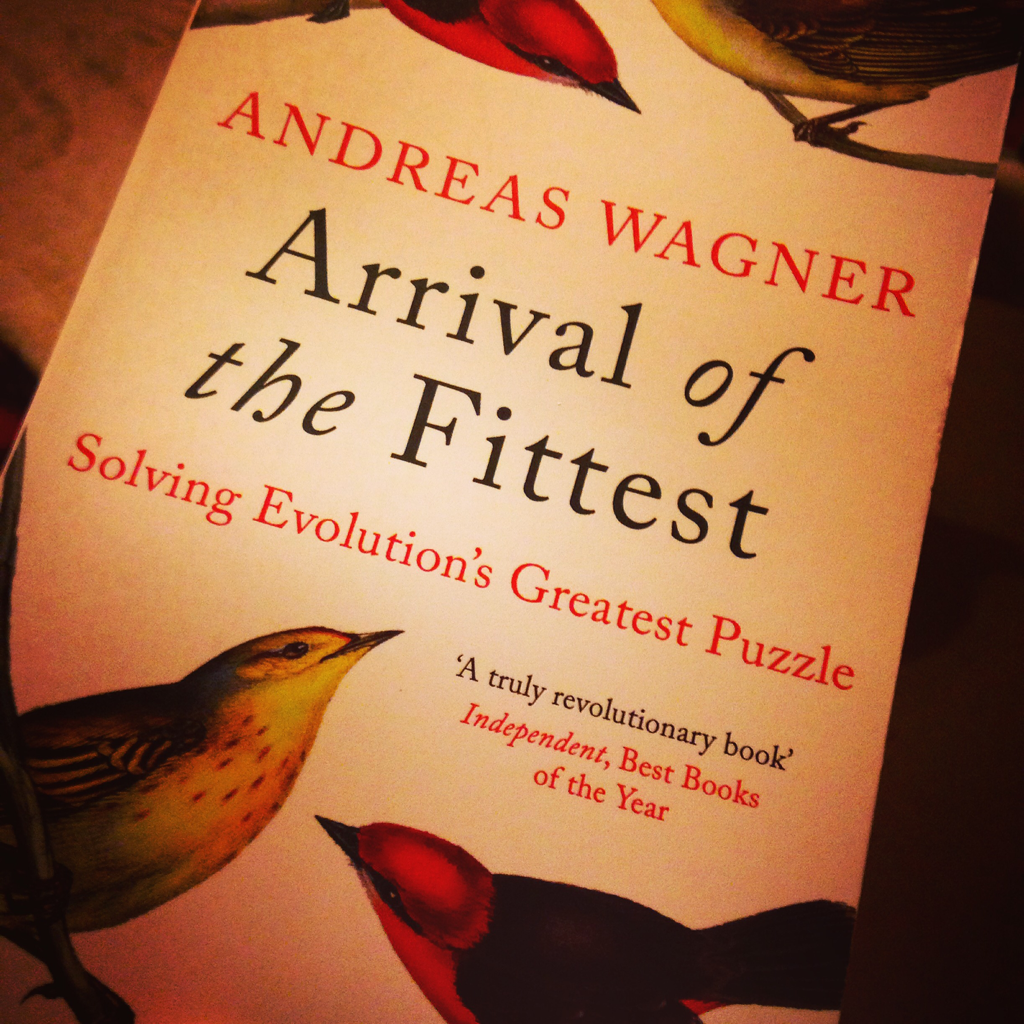

 RSS Feed
RSS Feed
